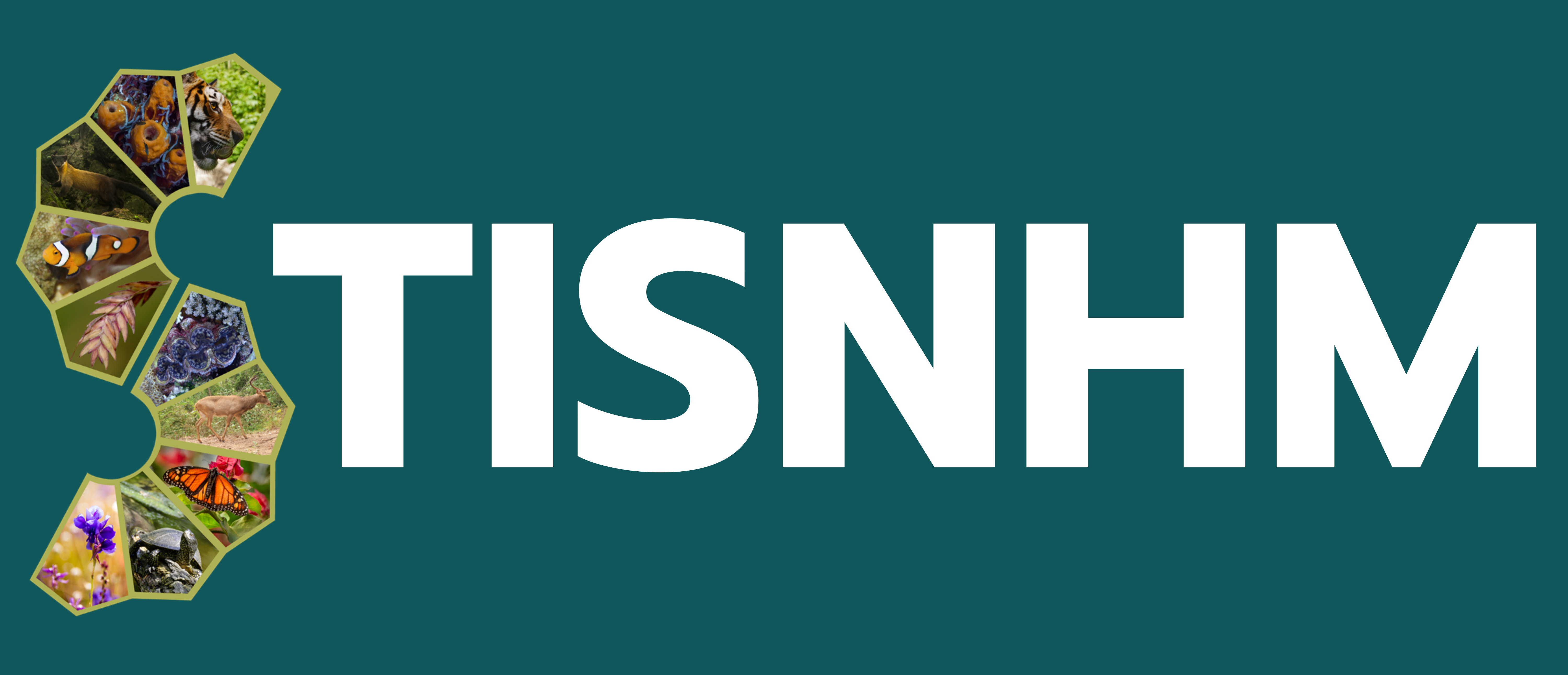- 40 views
Abstract
This paper aims to discuss designing content for a VR exhibit that enhances episodic memory from analysis results of a study to investigate how a participant remembers the story of a VR exhibit. The design was considered the dominant feature of Head-Mounted Displays VR (HMD VR) that delivers a full immersive experience, an embodiment with the virtual body (VB) that induces sensory-motor function. The researcher conducted an empirical study which created a VR exhibit to deliver scientific knowledge about the camouflage of animals in a Tundra environment. The study used a mixed-method approach, quantitative and qualitative, to collect data for analyzing three factors: memory, emotion, and immersion, which focused on discussion in this paper. Fifteen subjects participated in the study. The results showed that the memory two weeks after the experiment did not significantly decrease from the memory after the experiment. It indicates that learners can recall the story of the Camouflage VR Exhibit at a high level. The results show learners’ emotions have high levels of pleasantness and arousal, and the exhibit offers a sense of immersion to the participants with 2.90 from 5.00. The analysis of the qualitative data found nine design features that support learners to remember the Camouflage VR Exhibit’s story, for example, game mission, objects in virtual environments, changing of the environment, critical situations, etc. This study suggests that natural history museums (NHM) should design the content of VR exhibits with experiential learning by creating experiences that allow learners to move their bodies to interact with a virtual environment rather than text explanations. This will aid to design experiences more actively by applying game mechanics, which the VR full immersive technology benefits from design content for NHM.
Attachment
References
Asad, M.M., A. Naz, P. Churi and M.M. Tahanzadeh 2021. Virtual Reality as Pedagogical Tool to Enhance Experiential Learning: A Systematic Literature Review. In Education Research International (Vol. 2021). Hindawi Limited. https://doi.org/10.1155/2021/7061623.
Azarby, S. and A. Rice. 2023. Spatial Perception Imperatives in Virtual Environments: Understanding the Impacts of View Usage Patterns on Spatial Design Decisions in Virtual Reality Systems. Buildings 13(1). https://doi.org/10.3390/buildings13010160
Barak, O., E.. Vakil and D.A. Levy. 2013. Environmental context effects on episodic memory are dependent on retrieval mode and modulated by neuropsychological status. Quarterly Journal of Experimental Psychology 66(10): 2008–2022. https://doi.org/10.1080/17470218.2013.772647
Beaufils, K., and A. Berland. 2022 Avatar embodiment: from cognitive self-representation to digital body ownership. Hybrid 9. https://doi.org/10.4000/hybrid.2664
Bonnici, H.M., F.R. Richter, Y. Yazer and J.S. Simons 2016. Multimodal feature integration in the angular gyrus during episodic and semantic retrieval. Journal of Neuroscience 36(20): 5462–5471. https://doi.org/10.1523/JNEUROSCI.4310-15.2016
Cadet, L.B. and H. Chainay. 2020. Memory of virtual experiences: Role of immersion, emotion and sense of presence. International Journal of Human Computer Studies 144. https://doi.org/10.1016/j. ijhcs.2020.102506
Cohen, M.A., T.S. Horowitz and J.M. Wolfe. 2009. Auditory recognition memory is inferior to visual recognition memory (Vol. 106, Issue 14). www.pnas.orgcgidoi10.1073pnas.0811884106
Ho, J.C.F. 2020. Real-world and virtual-world practices for virtual reality games: Effects on spatial perception and game performance. Multimodal Technologies and Interaction 4(1). https://doi. org/10.3390/mti4010001
Kwon, C. 2019. Verification of the possibility and effectiveness of experiential learning using HMD-based immersive VR technologies. Virtual Reality 23(1) 2019: 101–118. https://doi. org/10.1007/s10055-018-0364-1
Kwon, C. 2021. A study on the verification of the effect of sensory extension through cutaneous sensation on experiential learning using VR. Virtual Reality 25(1): 19–30. https://doi.org/10.1007/ s10055-020-00435-9
Liu, C., R. Wang, L. Li, G. Ding, J. Yang and P. Li. 2020. Effects of encoding modes on memory of naturalistic events. Journal of Neurolinguistics 53. https://doi.org/10.1016/j.jneuroling. 2019.100863
McCreery, M.P., D.B. Vallett and C. Clark. 2015. Social interaction in a virtual environment: Examining socio-spatial interactivity and social presence using behavioral analytics. Computers in Human Behavior 51(PA): 203–206. https://doi.org/10.1016/j.chb.2015.04.044
Murdock, B.B. 1962. The serial position effect of free recall 1. In Journal of Experimental Psychology (Vol. 64, Issue S).
Phichai, P. 2023. New interactive interface design for STEM museums: a case study in VR immersive technology. [PhD Thesis, University of Glasgow]. https://theses.gla.ac.uk/84002/
Phichai, P. J. Williamson and M. Barr. 2021. Alternative Design For An Interactive Exhibit Learning In Museums: How Does User Experience Differ Across Different Technologies-VR, Tangible, And Gesture. 2021 7th International Conference of the Immersive Learning Research Network (ILRN): 1–8.
Pillai R. and A. Yathiraj. 2017. Auditory, visual and auditory-visual memory and sequencing performance in typically developing children. International Journal of Pediatric Otorhinolaryngology 100: 23–34. https://doi.org/10.1016/j.ijporl.2017.06.010
Pratviel, Y., A. Bouni, V.D. Arsac, F. Larrue and L.M. Arsac. 2022. Avatar embodiment in VR: Are there individual susceptibilities to visuo-tactile or cardio-visual stimulations? Frontiers in Virtual Reality 3. https://doi.org/10.3389/frvir.2022.954808
Russell, J.A., A. Weiss and G.A. Mendelsohn. 1989. Affect Grid: A Single-Item Scale of Pleasure and Arousal. In Journal of Personality and Social Psychology (Vol. 57, Issue 3).
Shields, G.S., M.A. Sazma, A.M. McCullough and A.P. Yinelinas. 2017. Supplemental Material for The Effects of Acute Stress on Episodic Memory: A Meta-Analysis and Integrative Review. Psychological Bulletin. https://doi.org/10.1037/bul0000100.supp
Tyng, C.M., H.U. Amin, M.N.M. Saad and A.S. Malik. 2017. The influences of emotion on learning and memory. In Frontiers in Psychology (Vol. 8, Issue AUG). Frontiers Media S.A. https://doi. org/10.3389/fpsyg.2017.01454
